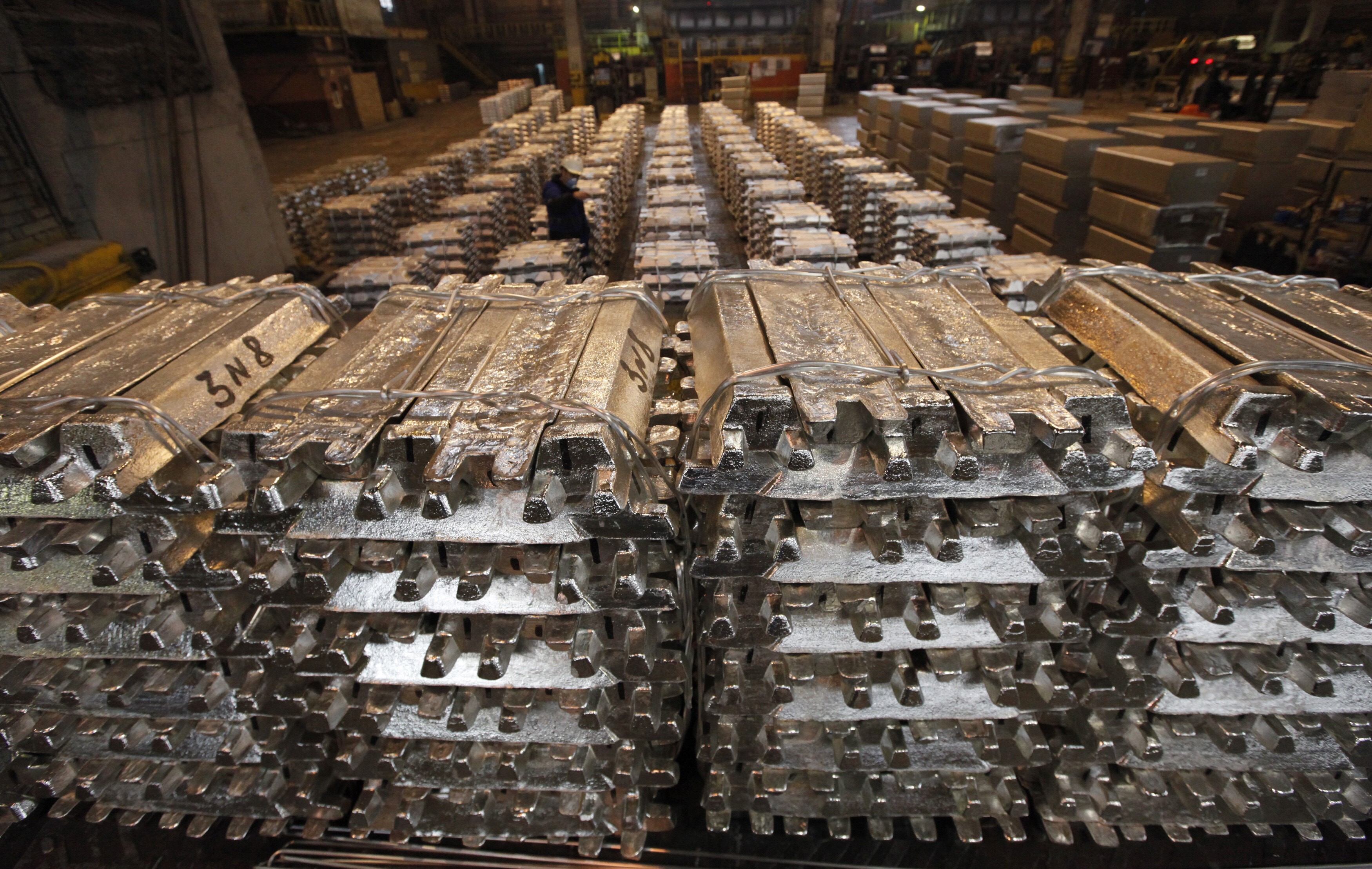

The macro environment at home and abroad has improved significantly in recent times, injecting confidence into the aluminium market. Internationally, the US and China have suspended most tariffs for 90 days, indicating a positive outlook for global trade. Domestically, the People's Bank of China implemented RRR cuts on May 15, releasing trillion-yuan liquidity to support economic growth. Against this backdrop, bullish and bearish factors are intertwined in the aluminium market, with price trends drawing significant attention.

I. Cost side: Fluctuations in alumina prices affecting aluminium costs
On the cost side, as of Thursday (May 15), the immediate average total cost of domestic aluminium production was approximately RMB 16,562 per tonne, up RMB 126 per tonne from the previous Thursday. The rebound in spot alumina prices was the main driver of the cost increase. However, with the continuous release of new alumina production capacity in regions such as Shanxi and Guangxi, the upside room for alumina prices is expected to be limited in the near term, potentially alleviating cost pressure on aluminium in the medium and long term.
II. Supply Side: Capacity Bottlenecks Limiting Aluminium Ingot Growth
On the supply side, domestic aluminium operating capacity has approached its ceiling. Regional conversion rates of liquid aluminium remain high, with liquid aluminium being directly used in downstream processing, limiting the growth of aluminium ingot output. In particular, the recovery of hydropower in Yunnan has fallen short of expectations, leading to a decline in aluminium ingot shipments from southwest China and exacerbating supply tightness in regional markets, providing bottom support for aluminium prices.
III. Demand side: Divergence in domestic and external demand, off-season characteristics emerging
The demand side shows a clear divergence. In domestic trade, the aluminium semis industry is gradually entering the traditional off-season, with orders in sectors such as construction, extrusion and packaging declining M-o-M. The sluggish real estate market continues to suppress demand. In foreign trade, despite the partial recovery of export orders for some end-users driven by the 90-day tariff window, the scale of recovery is far from offsetting the impact of tariffs, and overall external demand recovery will take time. The demand side faces dual pressures from seasonal weakness and trade uncertainties, making significant growth unlikely in the short term.
IV. Inventory side: Historical lows supporting aluminium prices
Inventory data, as compiled by SMM, shows that as of May 15, the inventory of aluminium ingots in major domestic consumption areas was 581,000 tonnes, down 20,000 tonnes from Monday and 39,000 tonnes from the previous Thursday. The total inventory of aluminium ingots and billets is at its lowest level for this time of year in recent history. With low inventory levels, liquidity in the spot market is tightening, and suppliers have a strong sentiment to stand firm on quotes, becoming a core supporting factor for aluminium prices.
V. Outlook: Fluctuating at Highs, Monitoring Key Periods
Overall, positive macro factors provide bottom support for aluminium prices, with low inventory further strengthening price resilience. However, off-season pressures on the demand side limit upside room. If breakthroughs are achieved in the US-China negotiations on Section 232 steel and aluminium tariffs, global aluminium trade flows will be reshaped, potentially alleviating supply pressures in markets outside the US and further boosting market sentiment.
It is expected that the operating range of SHFE aluminium next week will be RMB 19,700-20,300 per tonne, with a focus on the breakthrough of the previous gap at RMB 20,300 per tonne. The operating range of LME aluminium is expected to be USD 2,450-2,520 per tonne. Subsequent attention should be paid to the marginal changes in domestic demand, the progress of international trade policies, and the price trend of alumina, as these factors will dominate the short-term fluctuations and medium and long-term trends of aluminium prices.
Note: This article has been issued by SMM and has been published by AL Circle with its original information without any modifications or edits to the core subject/data.
Responses








